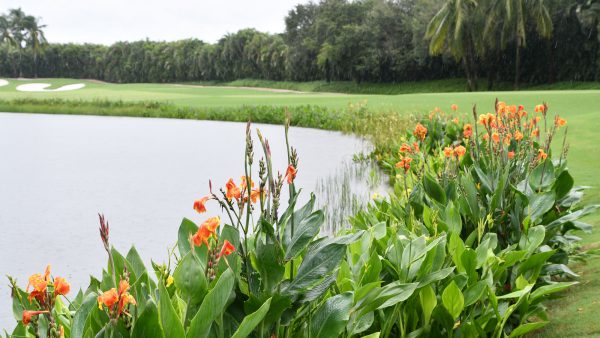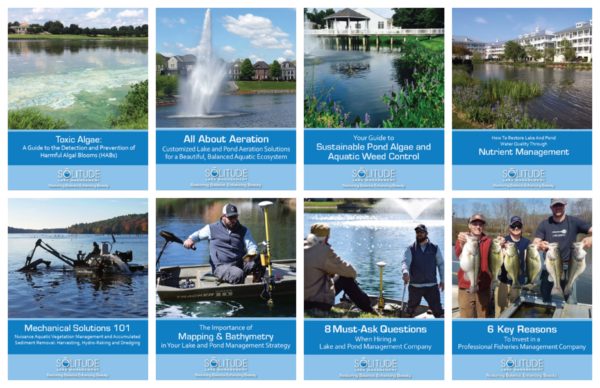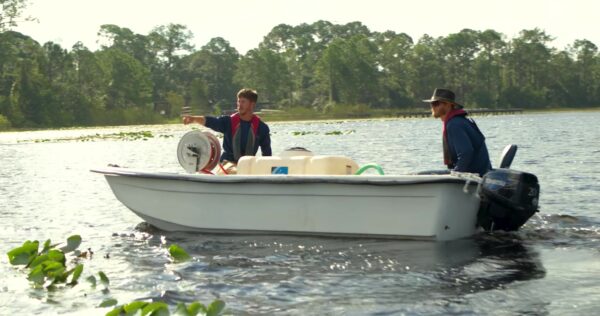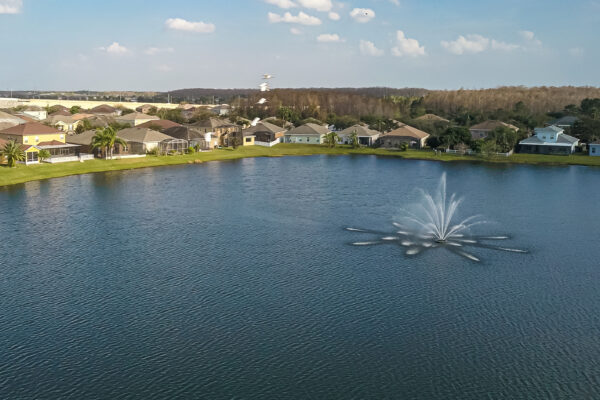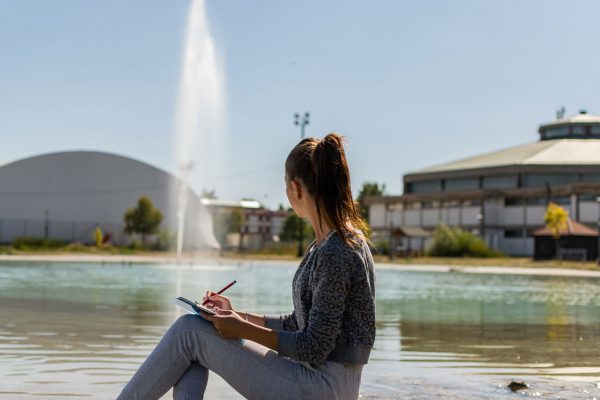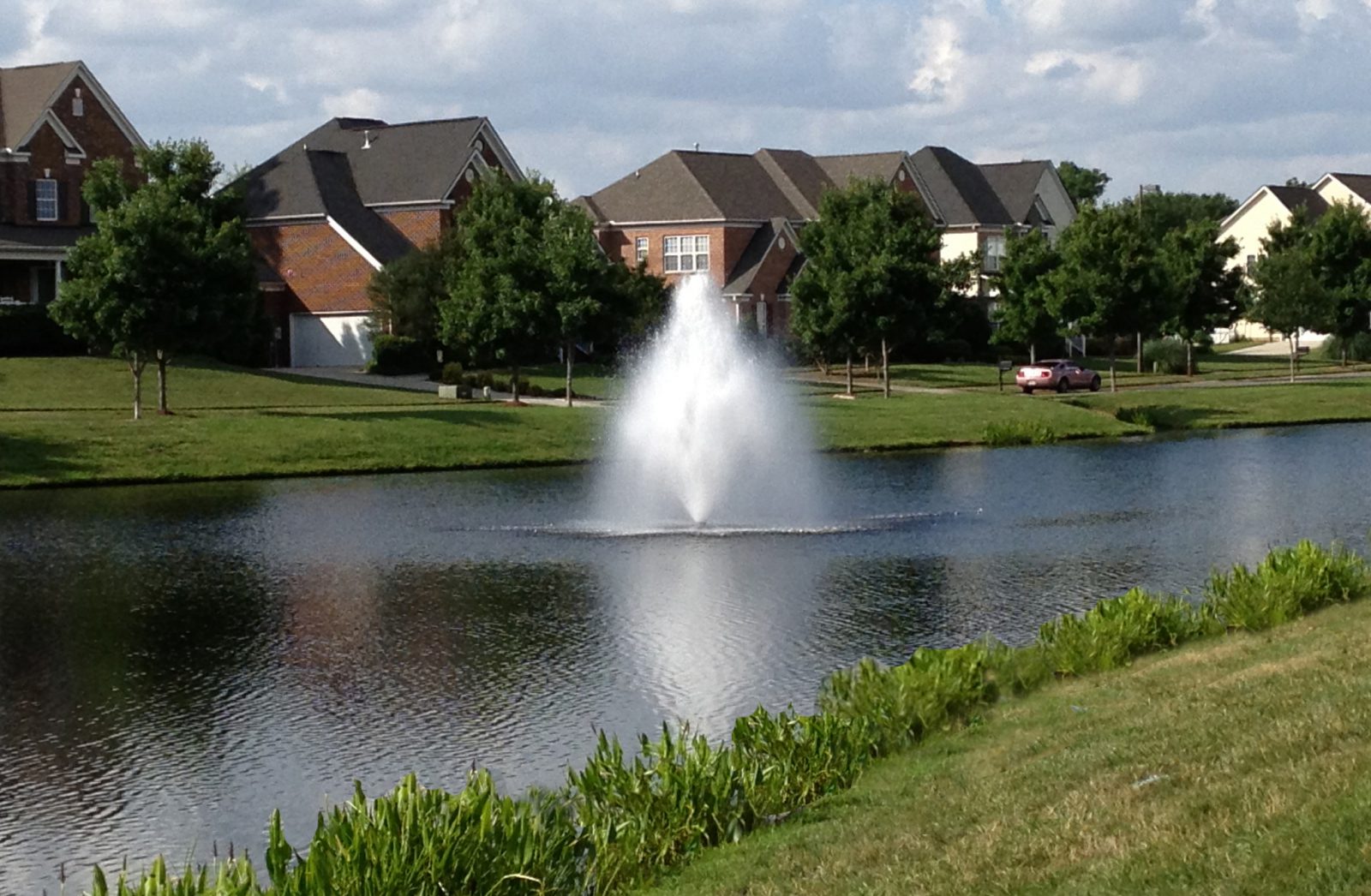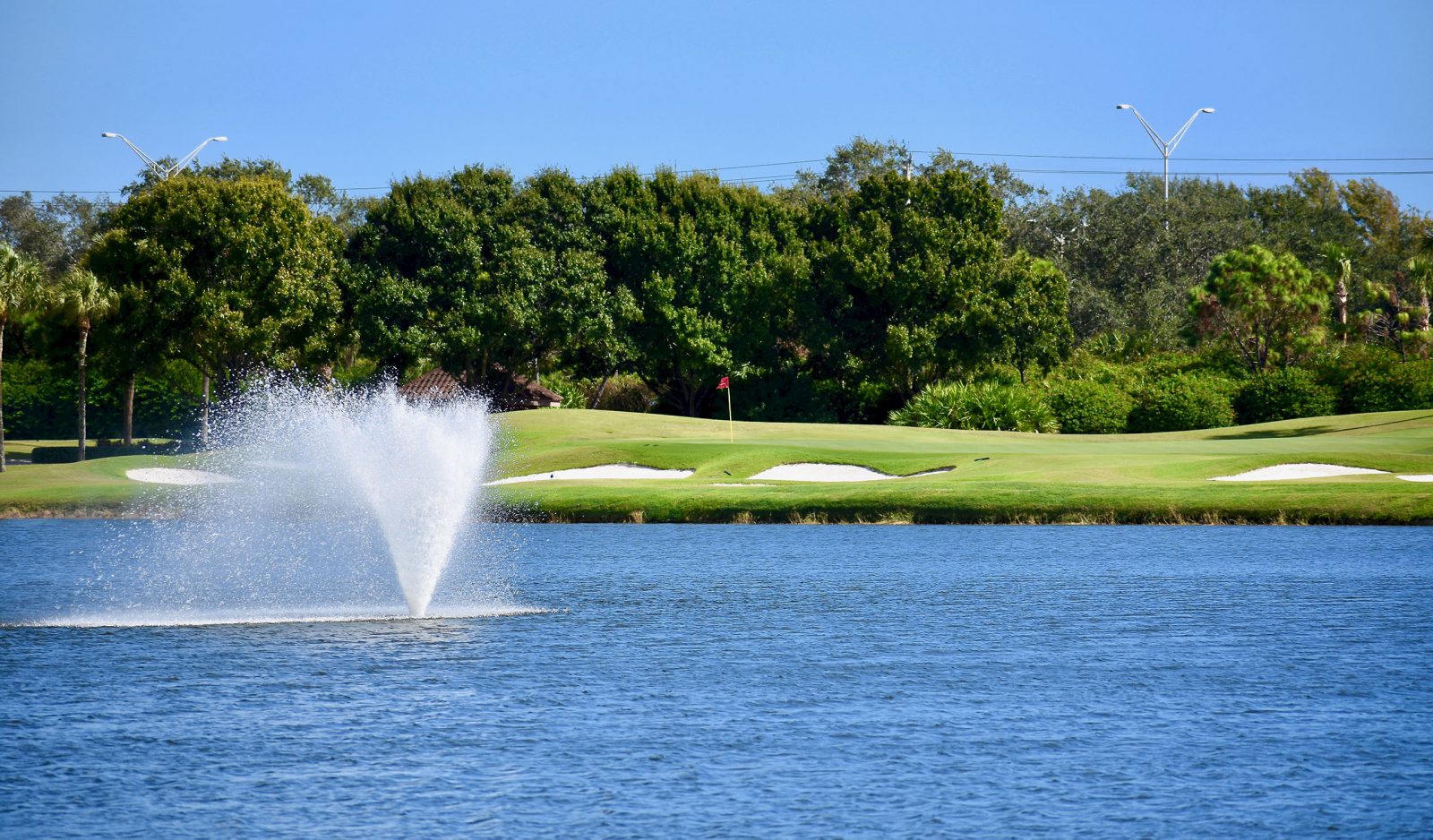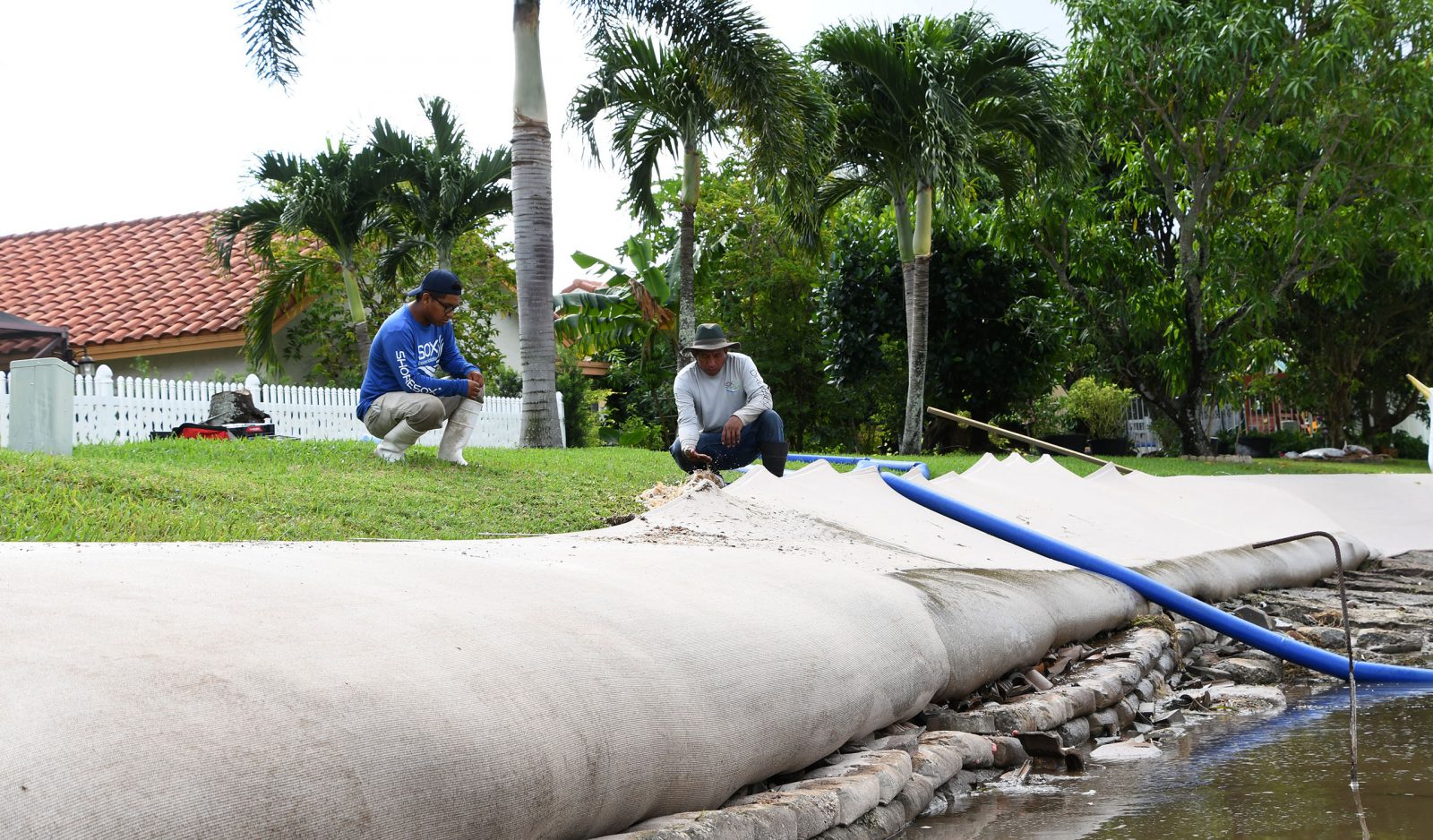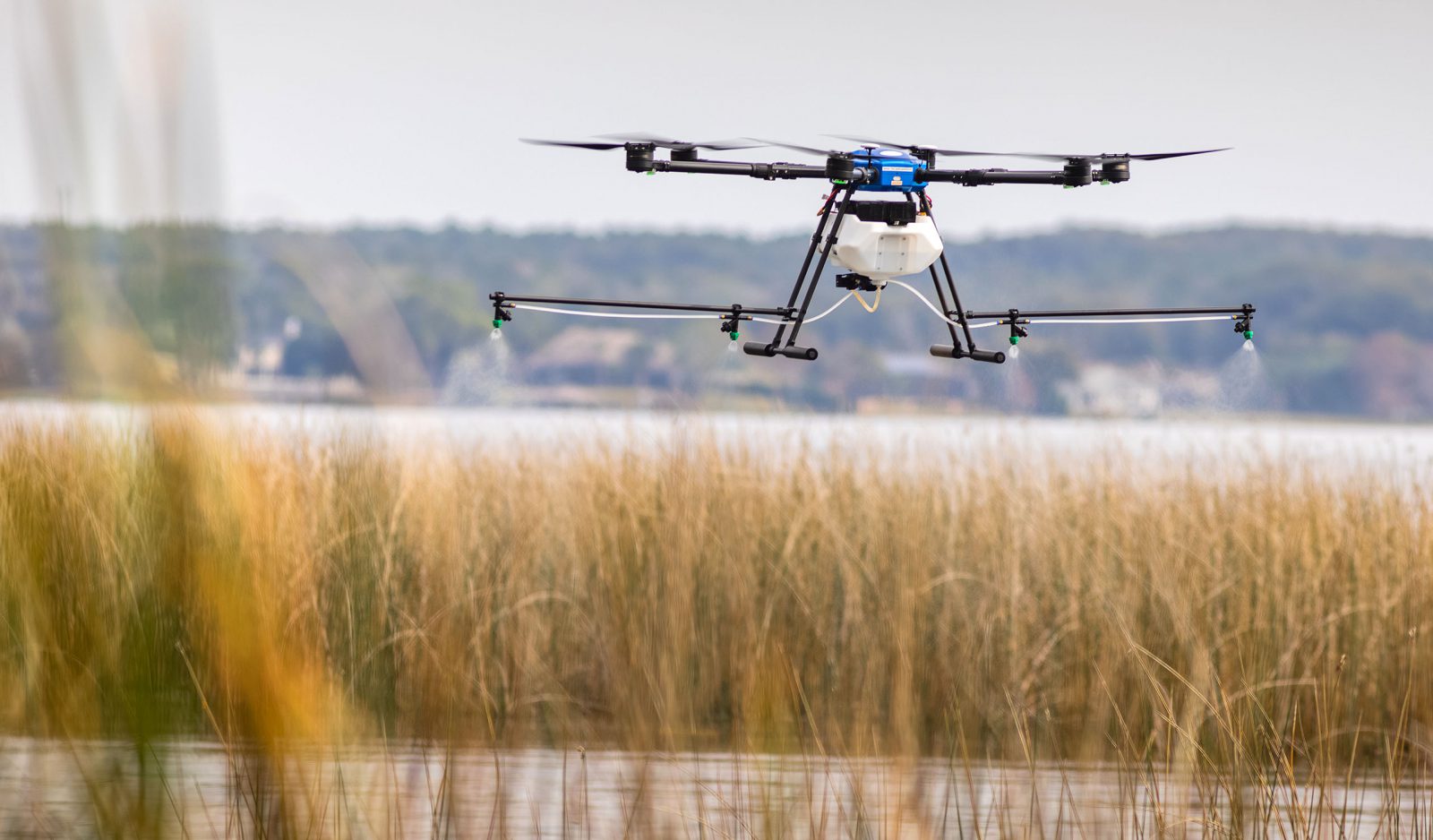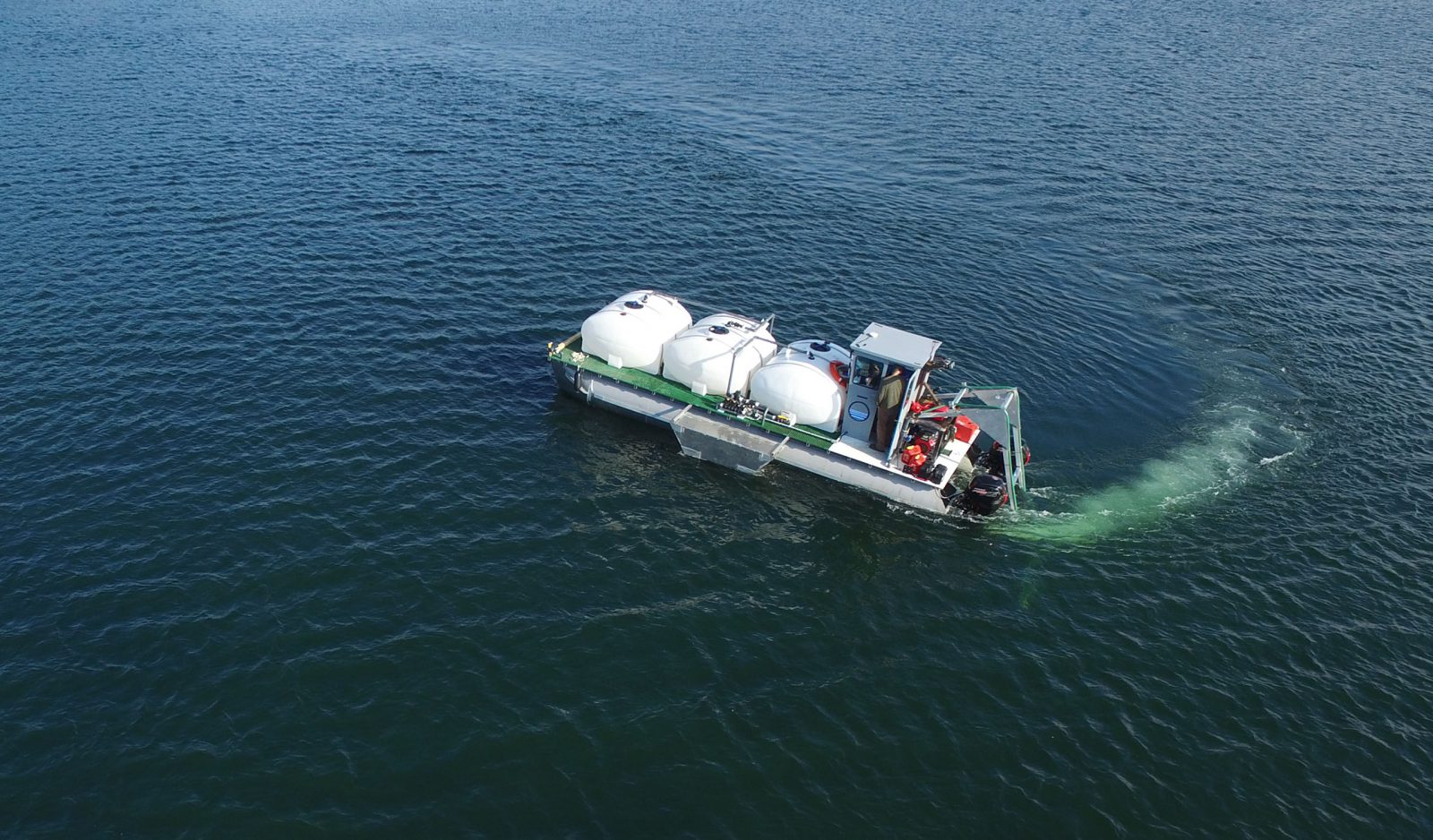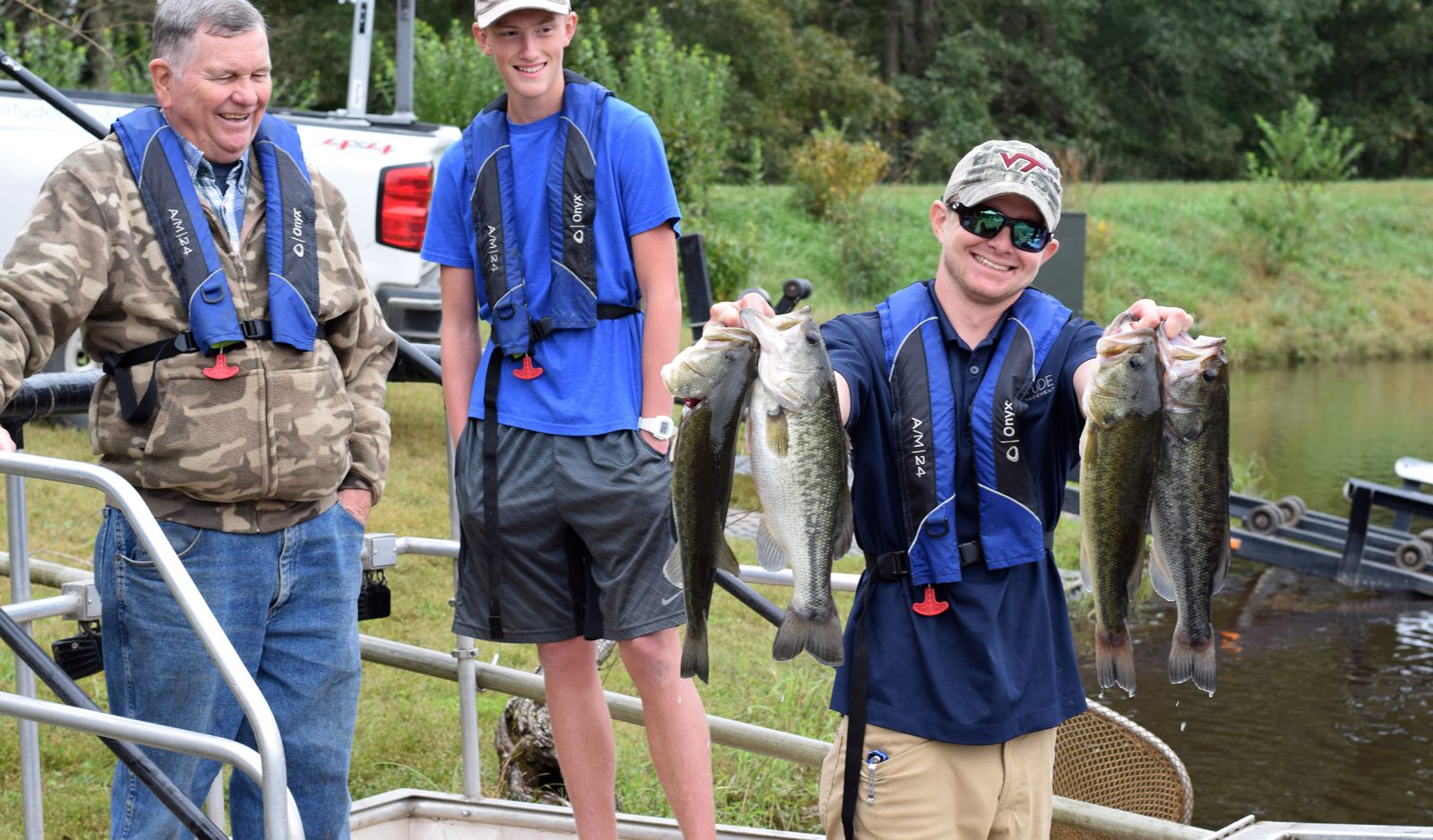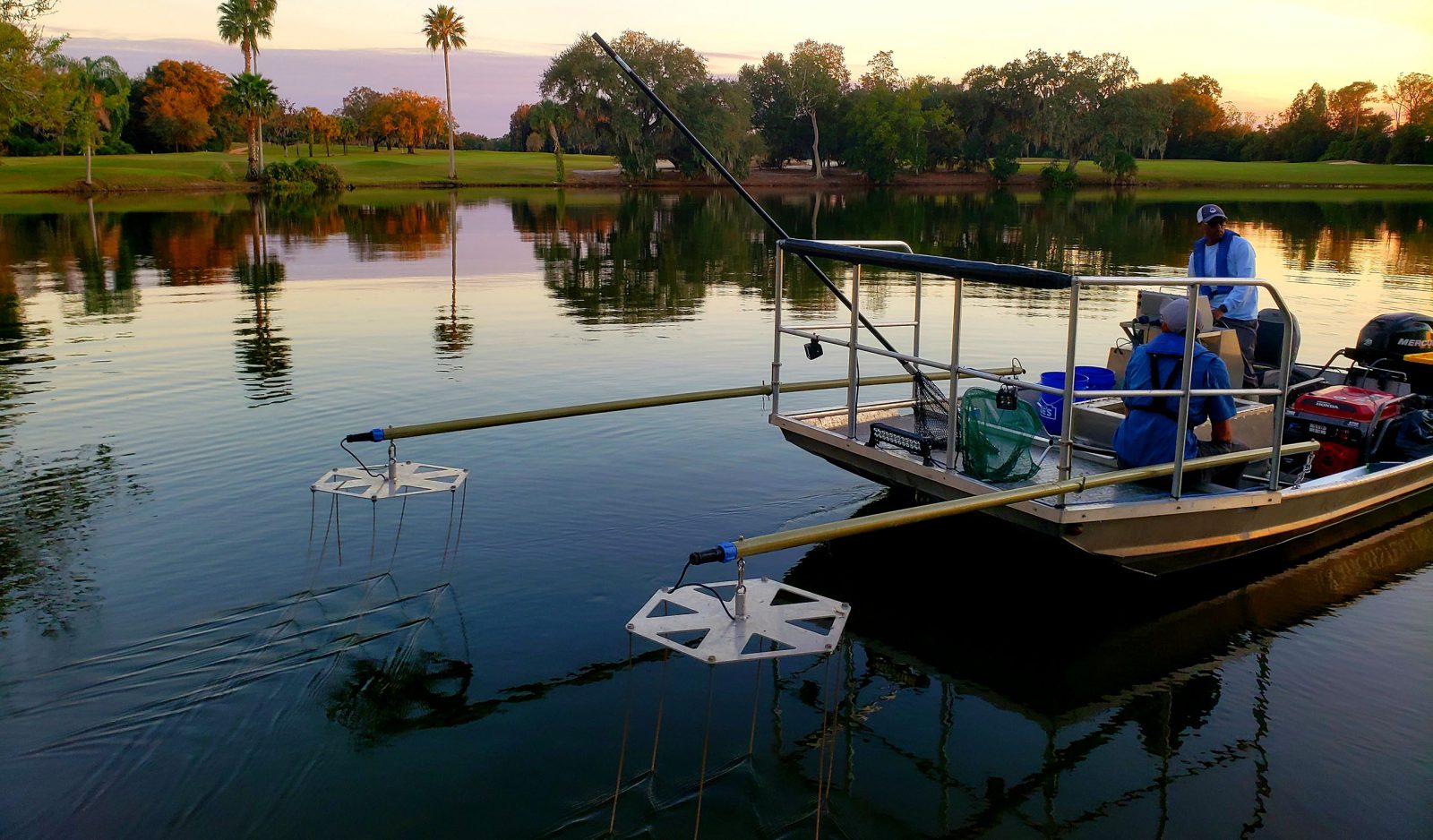
Clarke Aquatic Services Is Now SOLitude Lake Management
Since the founding of Clarke Aquatic Services in 1978, our focus has been to provide our clients with the best value in lake and pond management through superior customer service, expertise and integrity. We are now excited to announce the next step in our evolution.
In a move to better support our lake and pond management customers today and in the future, we joined forces with SOLitude Lake Management in November 2022. As a result of this acquisition, Clarke Aquatics Services is now SOLitude Lake Management.
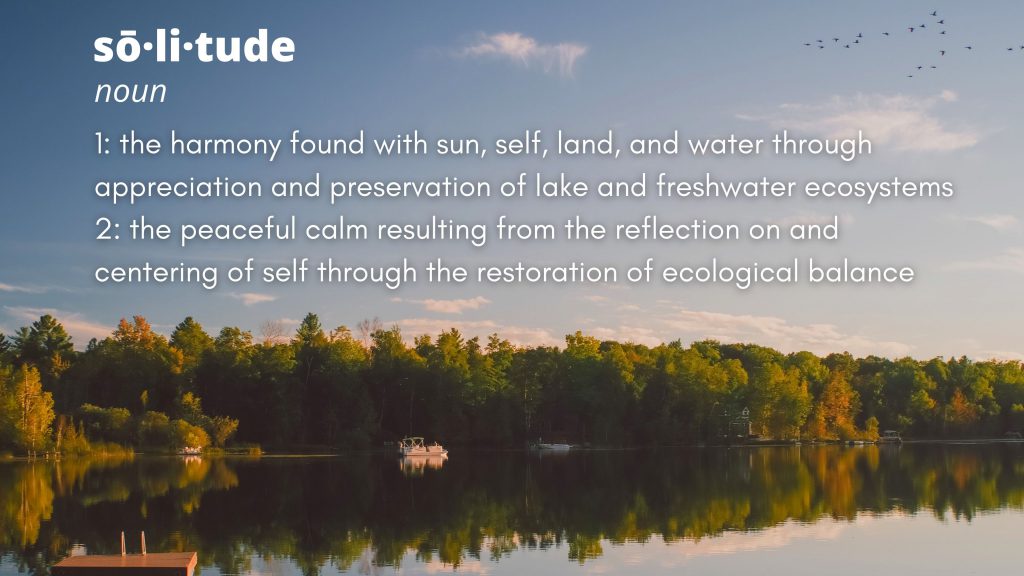
Under the SOLitude name, you will receive the same professional support from the same team and access to the same state-of-the-art technology and equipment.
As always, our team is available to share our knowledge and expertise. In addition, we offer you access to our Knowledge Bank, which is filled with educational resources designed to educate and support our clients. Please take a moment to browse our blog, our educational newsletter Aquatics In Brief, our free downloadable informative guides and webinars, and various published articles. Our highly specialized services have expanded over the years. To learn more about our company and each of our professional services below, visit solitudelakemanagement.com/services.
Expanded Portfolio of Services:
With our unmatched expertise and reputation in the industry, our team is able to leverage the best equipment, technologies, and products in the industry, allowing you to benefit from our growth. Finally, we invite you to be part of The SOLution, a company-wide program that encourages the company, staff, and our valued clients and partners to strive to “create a better world” through volunteerism, community outreach, sustainability, and environmental consciousness. Learn how we are involved and continually enhancing our local communities.
We Look Forward to the Journey Ahead
Thank you to all of our clients and others who have been so instrumental in our success! We have and will remain your environmental partner, educating and working with you every day to improve water quality and preserve your natural resources, reducing our environmental footprint, and leaving our world a better place.

